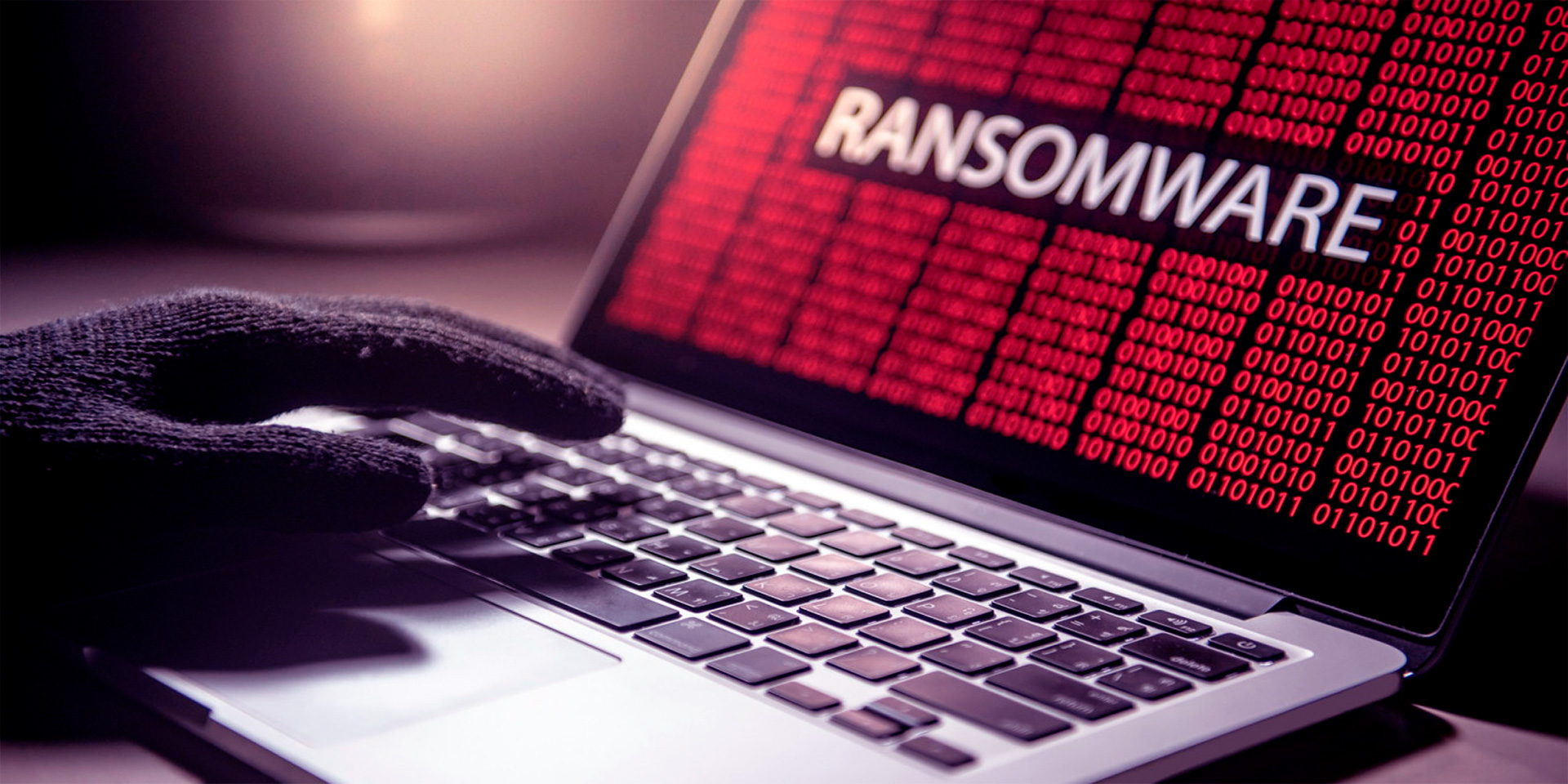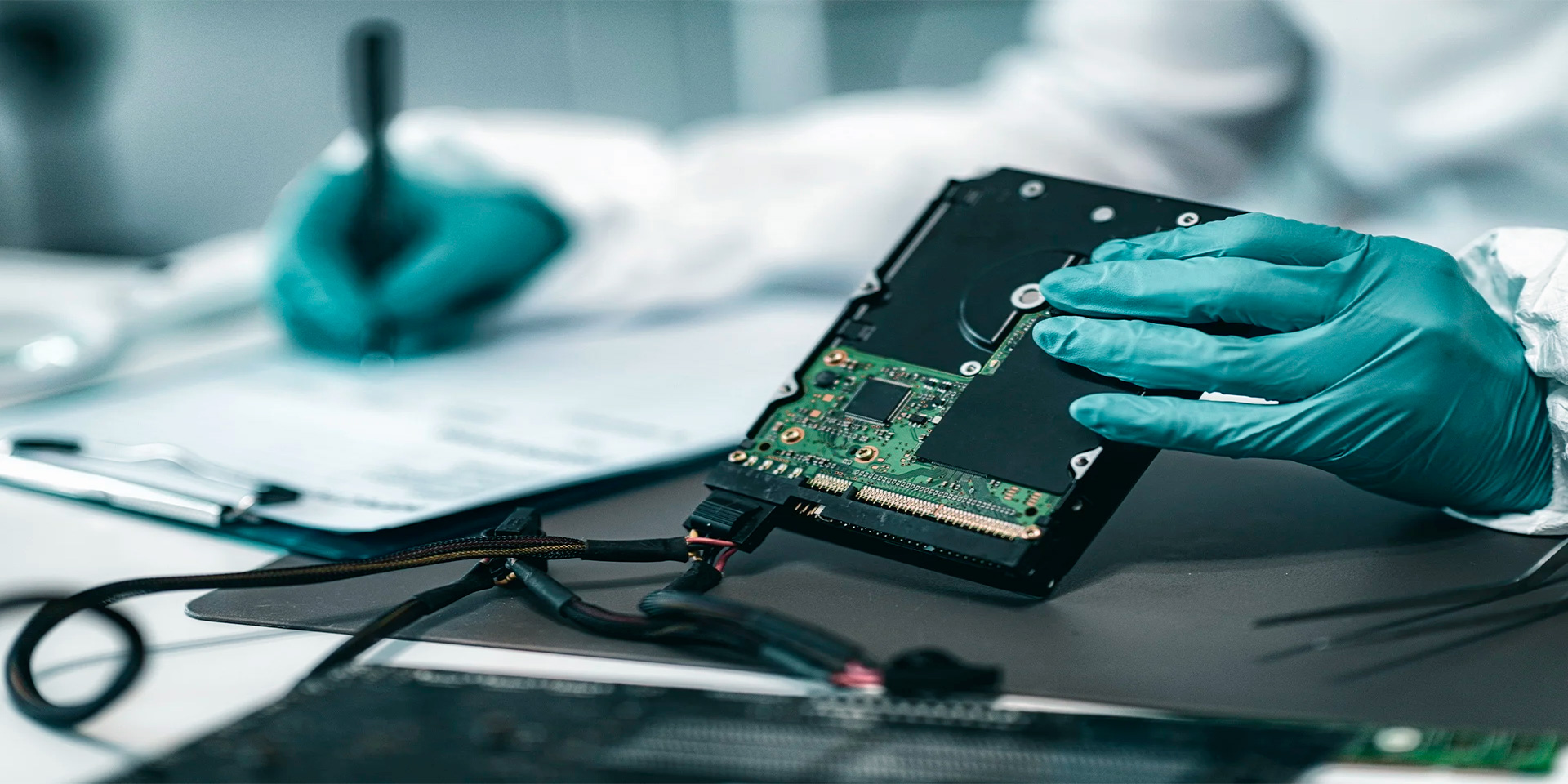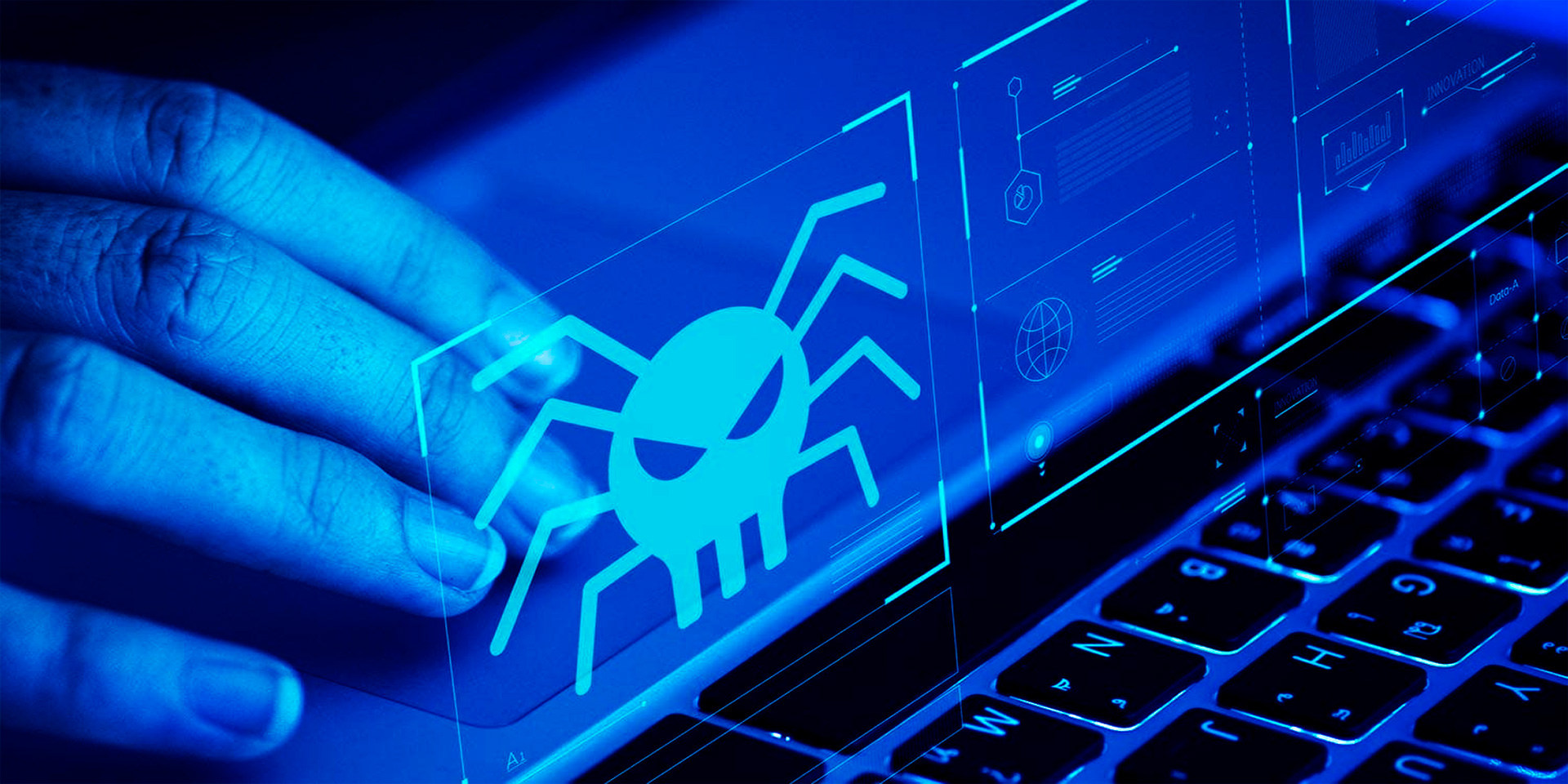Protecting Your Data: How to Respond to and Recover from Ransomware Attacks

Ransomware is a type of malicious software that encrypts the victim’s files, rendering them inaccessible. Attackers then demand a ransom payment in exchange for the decryption key. Ransomware can spread through phishing emails, malicious websites, and exploit kits.
Types of Ransomware
- Encrypting Ransomware: Encrypts files and demands a ransom for the decryption key
- Locker Ransomware: Locks the user out of their device but does not encrypt files, demanding payment to unlock the device
- Scareware: Displays fake warnings or alerts to trick users into paying for non-existent threats
- Doxware: Threatens to publish sensitive data unless a ransom is paid
Immediate Response to a Ransomware Attack
Taking immediate action when a ransomware attack occurs can significantly reduce the impact and aid in recovery.
Disconnect from the Network
As soon as you suspect a ransomware attack, disconnect the affected devices from the network. This helps contain the spread of the malware to other systems and prevents further data encryption.
Identify the Scope of the Attack
Determine which systems and files are affected by the ransomware. Identifying the scope helps prioritize recovery efforts and assess the potential damage.
Alert Your IT Team
Notify your IT team or security personnel immediately. Their expertise is crucial for managing the incident, conducting an investigation, and initiating recovery procedures.
Contact Law Enforcement
Report the ransomware attack to law enforcement authorities. They can provide guidance, investigate the attack, and potentially help track down the perpetrators.
Do Not Pay the Ransom
Paying the ransom does not guarantee that you will regain access to your files and can encourage further attacks. Additionally, it may be illegal to pay ransoms in some jurisdictions. Focus on other recovery options instead.

Steps for Ransomware Removal and Recovery
Follow these steps to remove ransomware and recover your systems and data.
Enter Safe Mode
Boot the affected device into Safe Mode to prevent the ransomware from running. Safe Mode allows you to perform diagnostic tasks and remove malware with minimal interference.
Use Anti-Malware Tools
Run reputable anti-malware software to scan your system and remove the ransomware. Ensure your security software is updated with the latest virus definitions for effective removal.
Restore from Backups
If you have recent, clean backups of your data, restore the affected files from these backups. Ensure the backups are free from ransomware before restoring to avoid reinfection.
Decrypt Files (If Possible)
Some ransomware variants have publicly available decryption tools developed by security researchers. Check with cybersecurity organizations or anti-malware vendors to see if a decryption tool exists for the specific ransomware variant that infected your system.
Reinstall the Operating System
In severe cases, it may be necessary to reinstall the operating system to completely remove the ransomware. Ensure that you have backups of essential data before proceeding with a reinstallation.
Strengthening Security Post-Recovery
After recovering from a ransomware attack, it’s crucial to strengthen your security measures to prevent future incidents.
Implement Strong Access Controls
Limit access to sensitive data and systems to authorized personnel only. Use role-based access controls (RBAC) and regularly review and update permissions.
Enable Multi-Factor Authentication (MFA)
Require multi-factor authentication for accessing critical systems and data. MFA adds an extra layer of security, making it more difficult for attackers to gain unauthorized access.
Keep Software Updated
Regularly update your operating systems, applications, and security software with the latest patches. Software updates often include security fixes for known vulnerabilities.
Educate Employees
Provide ongoing cybersecurity training for employees to help them recognize phishing emails, suspicious links, and other common attack vectors. Regular training reduces the risk of human error leading to a security breach.
Regularly Backup Data
Implement a robust backup strategy, ensuring that backups are performed regularly and stored securely. Test backups periodically to verify their integrity and ensure data can be restored quickly in case of an attack.
Deploy Network Segmentation
Segment your network to limit the spread of ransomware. By isolating different parts of your network, you can contain infections and protect critical systems.
Use Endpoint Protection Solutions
Deploy endpoint protection solutions that provide real-time monitoring and threat detection. These solutions can detect and block ransomware before it encrypts your files.
Monitor Network Traffic
Implement network monitoring tools to detect unusual traffic patterns and potential security threats. Regular monitoring helps identify and respond to attacks promptly.

Successful Ransomware Response
A medium-sized company experienced a ransomware attack that encrypted critical business data. Here’s how they successfully responded and recovered:
- Immediate Response: The IT team quickly disconnected affected devices from the network to contain the spread of the ransomware
- Assessing the Scope: They identified the scope of the attack, determining which systems and files were affected
- Alerting Authorities: The company reported the attack to law enforcement and followed their guidance throughout the recovery process
- Using Anti-Malware Tools: Reputable anti-malware software was used to scan and remove the ransomware from affected systems
- Restoring from Backups: Clean backups were used to restore encrypted files, ensuring the data was free from ransomware
- Reinforcing Security: Post-recovery, the company implemented stronger access controls, enabled MFA, and conducted cybersecurity training for employees
Conclusion
The company successfully recovered from the ransomware attack without paying the ransom. They strengthened their security measures to prevent future incidents and minimize the impact of potential threats.


